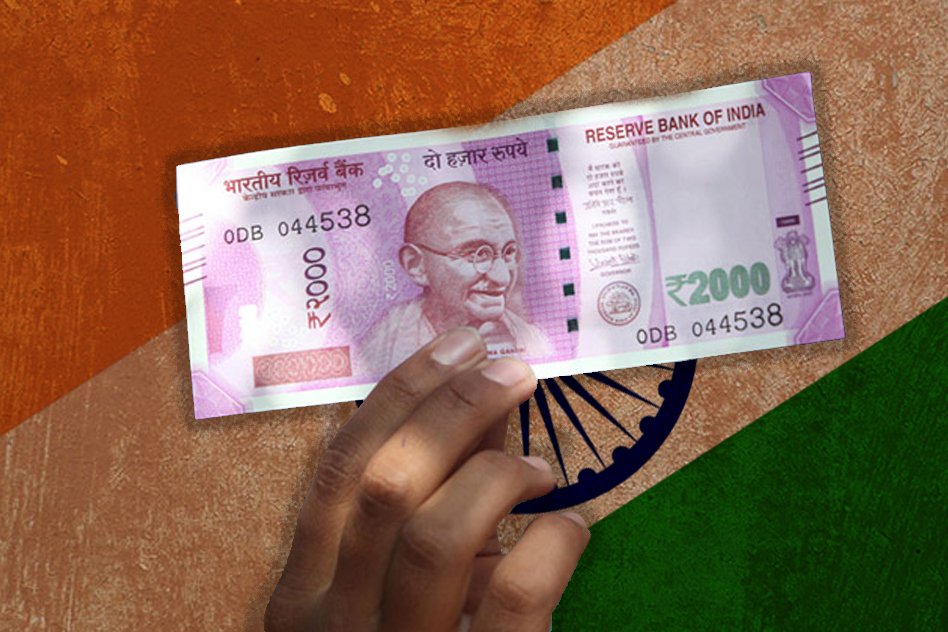
India Now Suffers From The Highest Inequality In Almost 100 Years: Report
A newspaper released by economists Thomas Piketty and Lucas Chancel showed inequality in India may be at its highest level since 1922, when the country’s income tax law was conceived, with 22% income accruing to the top 1% income earners, reported The Times of India.
Surging inequality in India
“The top 1% of earners captured less than 21% of total income in the late 1930s before dropping to 6% in early 1980s and rising to 22% today,” said the paper titled ‘Indian income inequality, 1922-2014: From British Raj to Billionaire Raj?,’ a revised version of which was released on Tuesday, 5 September 2017.
Income inequality was shown to have fallen to the least in the 1970s and 1980s when India’s GDP and per capita income growth had reached one of the lowest levels. This trend in India is in line with experiences of other major economies across the world like China and France. The paper also shows that between 1980 and 2014, the income of top 0.1% earners in France and China rose six times faster than the income bottom of 50%.
In India, the growth rate of top 1% was 13 times higher, while it was 77 times higher in the US. The latest paper from Picketty and Chancel is expected to trigger debate about the state of inequality in India. It also reflects whether benefits of higher growth have spread to all classes across the country.
The global nature of inequality have been recognised by the economists but they have also stated the striking dynamics of inequality in India’s context. They state gap between the growth of top 1% and growth of full population is highest in India. Top 0.1% income earners represented less than 8 lakh individuals in 2013-14, which is even less than the population of Gurugram.
They said, “It is a sharp contrast to the 389 million individuals that made up the bottom half of the adult population in late 2013.”
Insufficiency of data to measure inequality
The economists have said that income distribution data for India is very difficult to find. Bibek Debroy, a member of NITI Aayog, government think tank said for measuring income inequality in a country like India, income tax data is not a suitable parameter.
Pronab Sen, former chief statistician of India, told the Times of India “The national sample survey data (NSS) data indicated that in 2004-2005, inequality increased sharply. The NSS measures consumption and underestimates the degree of inequality. If you could measure income distribution, which very few do, it is much worse.”
Growth rates
There was a moderate rise of the middle class during 1980 – 2014, Piketty and Chancel have concluded, based on their calculations. This was the time when the economy was liberalised and income growth rates picked up.
“Shining India corresponds to the top 10% of the population, (80 million adult individuals, approx. as of 2014) rather than the middle 40%. Relatively speaking, the shining decades for the middle 40% group corresponded to the 1951-1980 period, when this group captured a much higher share of total growth (49%) than it did over the past 40 years,” the economists added.
The paper’s authors also said they did not have the capacity to put an end to the debate about tangible reforms on inequality or poverty.
Reasons behind inequality
So why does inequality persist in India? One answer is population growth. India has a growth rate of 1.25% and will become the world’s most populous country by 2025. The World Bank estimates that 23.6% of the Indian population lives below the global poverty line – that’s 276 million people, a huge number. And with no concrete family planning programmes, an increasing population burdens the government and increases poverty.
Another reason for inequality is social divisions – particularly the caste system. Any social stratification hurts the economy, leading to more inequality. Be it gender bias, racial bias, caste bias, homophobia – social inequality hurts the nation in various indirect ways, leading to increased economic inequality.
Other causes of inequality include illiteracy, property laws, social stratification and the absence of a proper health care system. Each of them is complex, but they are all pressing matters that the Government must tackle delicately.
The Logical Indian take
To prevent the catastrophic concentration of wealth in society, Piketty articulated that governments should impose higher taxes on the wealthy and invest more in social sectors like education and health. Piketty asked India’s elite to not be blinded by plain economic growth but to also see to it that the wealth distribution as a result of economic growth is not dangerously unequal, while at the same time paying attention to the health and education of citizens.
The barriers that divide our nation have to be broken down so that we become an inclusive society, which will lead to an inclusive economy; thus, less poverty and more equality. For this to happen, we need agricultural research, proper land reforms, increase in per capita food production, education reforms, gender equality, and an active Government which will deliver these needs. Fighting inequality means building India. And we all must work towards that goal.
 All section
All section













